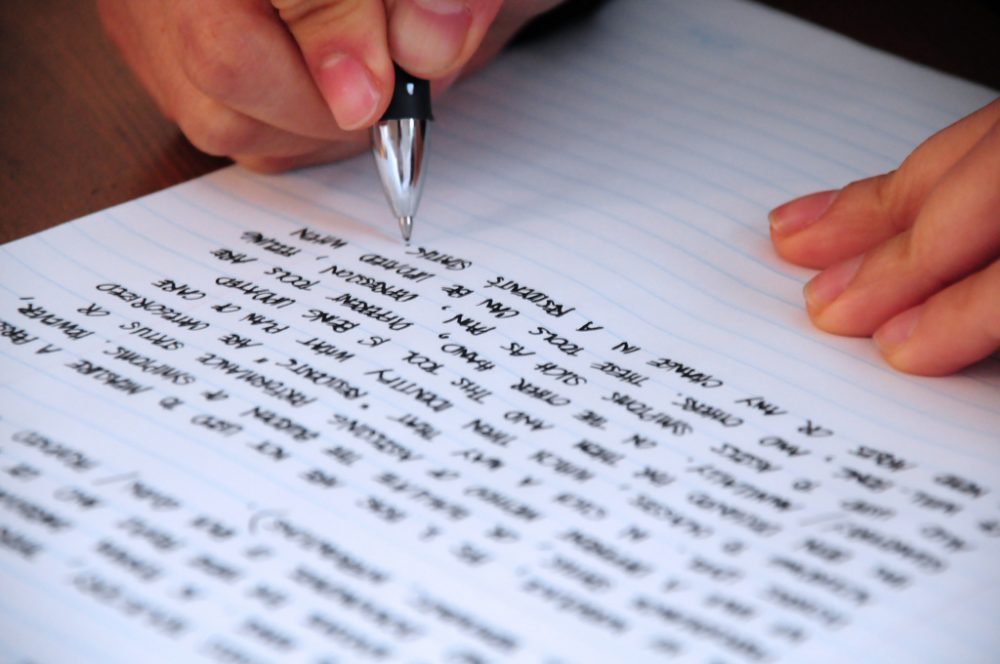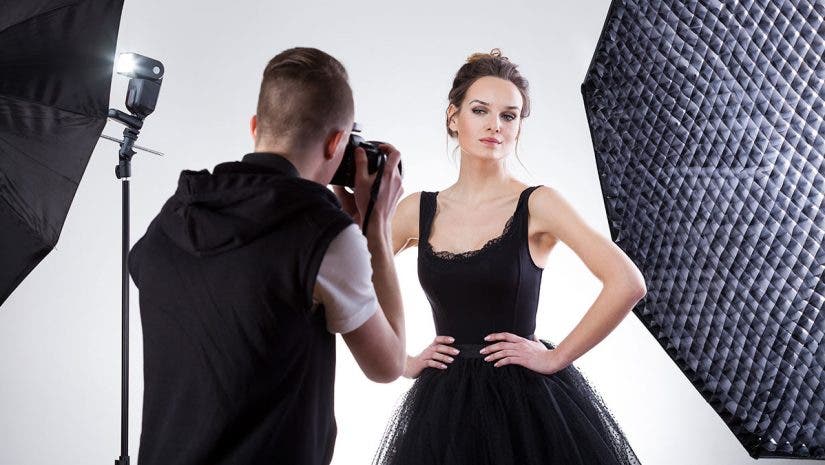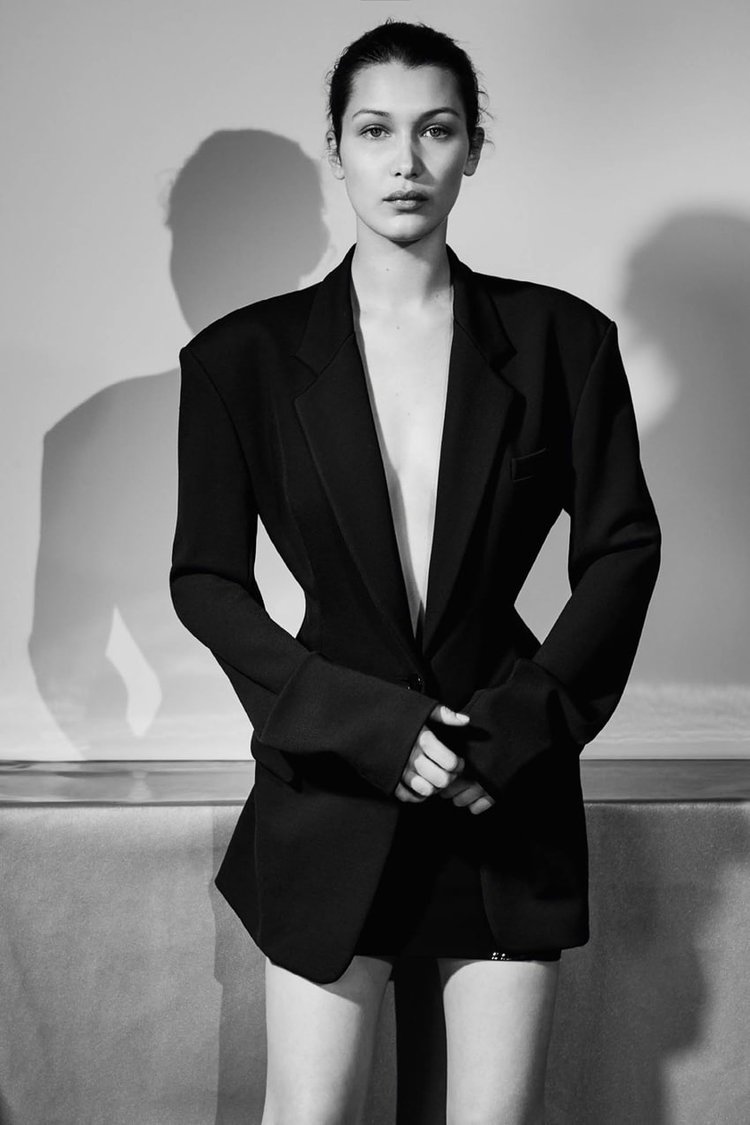Last night, I posted about the writing process of my article and how I utilized my interview information. So today, I shared this draft with my teacher so she could give me some general advice on how to improve my writing. She said several things to me that were very helpful in revising my article. Here I'll reflect on her tips:
1. Don't use exclamation points
This seems pretty obvious in hindsight, I just added a few exclamation points to add expression to my writing. I removed these few and will keep in mind not to use them in this style of writing.
2. Don't use "things"
I knew using this word would be a mistake because it's much to general. I won't use it in the future.
3. Make wording more specific and explanatory
This was probably one of the most important tips. This applies a lot to my article overall. The wording that I use is not very specific and doesn't directly refer to what I'm saying. This is a product of knowing what I'm saying in my own head but not explaining it correctly. I'm going to work on this by providing examples and stating things directly.
An example of this would be the following:
"She maintains that these can be indicative of the aspects of someone’s personality. This proves that if you’re trying to be seen in one way or another, you can use color to create this perception."
I replaced these sentences so they would directly state what I was saying.
"So if you want to be seen as a more social and outgoing individual, then wear brighter colors. To contrast, if you want to seem more serious, wear more muted tones. "
I don't know if I will keep these sentences as they are, but I do know that they make more sense now with what I meant to say.
4. Don't reference Dr. Sugerman as much
I know that I will still be referencing her a lot because she's my interviewee. However, I understand that I should mention her less often. I was mentioning her so much to begin with because I thought that stating things in the article without her input would lessen their credibility. But now I understand that I should mention her less and use the words "She believes" or phrases like that less often.
5. Don't say "in the interview" as often
This makes sense, as my audience obviously knows that I'm interviewing Dr. Sugerman. I don't need to keep repeating this fact.
6. Include more of my own voice
This sort of goes with what I said previously about referencing Dr. Sugerman. When I name her less in the written content, I can add more of my own input and thoughts. I will be implementing this overall.
7. Revise 2nd paragraph
8. Improve the general flow of the article, as some of the wording is awkward.
Overall, Mrs. Stoklosa mentioned that I have good content and good quotations from Dr. Sugerman. I know that if I continue to revise with these techniques, I'll be able to improve my writing and create a better magazine.
 I organized these on the left-hand side of the page, then started organizing headline sections. I studied tables of contents in magazines such as Vogue to get inspiration for mine. Issues of Vogue have sections such as Every Issue and Seasonal that I decided to imitate for my magazine. Since my magazine is seasonal, I felt these sections would be fitting.
I organized these on the left-hand side of the page, then started organizing headline sections. I studied tables of contents in magazines such as Vogue to get inspiration for mine. Issues of Vogue have sections such as Every Issue and Seasonal that I decided to imitate for my magazine. Since my magazine is seasonal, I felt these sections would be fitting. 




 This is another example of before and after edited pics. I used this white background for a lot of my pictures. Like I mentioned in my previous post, this background was easy to use because it brought out the color being emphasized in whatever clothing color is being presented. In this case, it brought out the black clothes the model is wearing. Like in the other photo, I manipulated the pictures' elements to make it appear more vivid and attractive. I may continue editing to make it more to my liking, but for now this is how I have edited the photo as well as others like it.
This is another example of before and after edited pics. I used this white background for a lot of my pictures. Like I mentioned in my previous post, this background was easy to use because it brought out the color being emphasized in whatever clothing color is being presented. In this case, it brought out the black clothes the model is wearing. Like in the other photo, I manipulated the pictures' elements to make it appear more vivid and attractive. I may continue editing to make it more to my liking, but for now this is how I have edited the photo as well as others like it.









